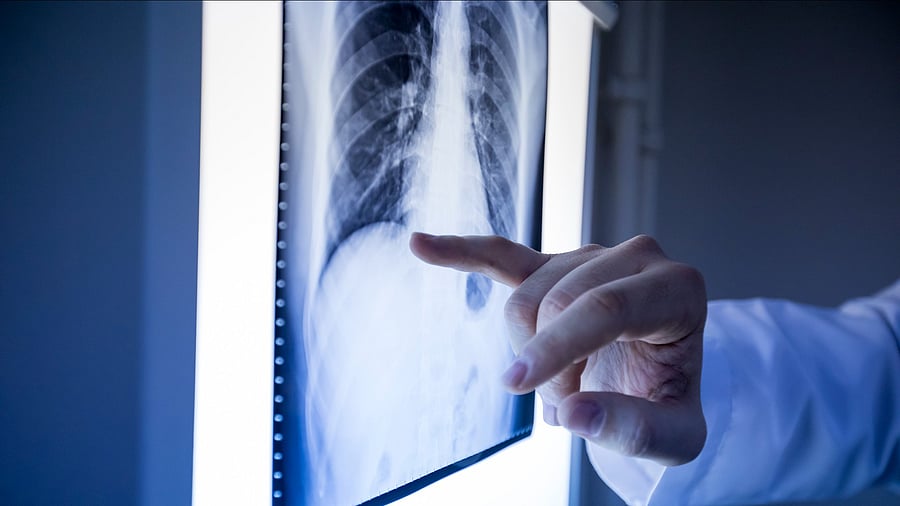
Osteosarcoma, which is the most common primary bone cancer usually affects children and young adults and its survival rates have not improved significantly in the last 25-30 years.
(Representative image)
Credit: iStock Photo
In a medical breakthrough, scientists were able to kill 99 per cent of bone cancer cells without causing any harm to the non-cancerous human bones with the use of bioactive glasses combined with gallium.
The researchers found early stages of bone formation a week after they incubated bioactive glasses in a simulated body fluid.
Gallium, which is highly toxic, gets soaked up by what the research calls 'greedy' cancer cells that end up self-killing without causing any harm to the healthy cells.
Osteosarcoma, which is the most common primary bone cancer usually affects children and young adults and its survival rates have not improved significantly in the last 25-30 years.
The research states that bioactive glasses have been used for bone repair and regeneration and advocates that they can be tailored to release gallium that can help in bone cancer treatment.
Scientists are constantly on a look-out for cancer treatments and breakthroughs. It was recently found that breastfeeding is safe for women who have been treated for breast cancer, two large studies have shown for the first time.
Even cancer survivors at higher genetic risk do not face an increased risk of recurrence or development of new breast cancers if they choose to breastfeed, researchers reported at the European Society of Medical Oncology (ESMO) meeting in Barcelona.
One study of nearly 5,000 young breast cancer survivors carrying a high-risk BRCA gene mutation identified 474 who subsequently gave birth, one in four of whom breastfed their baby. Just under half were unable to breastfeed because both breasts had been removed to reduce future cancer risk. After a median follow-up of seven years from giving birth, there was no difference in the number of breast cancer recurrences, new breast cancers or overall survival in women who breastfed compared to those who did not.
(With Reuters inputs)
